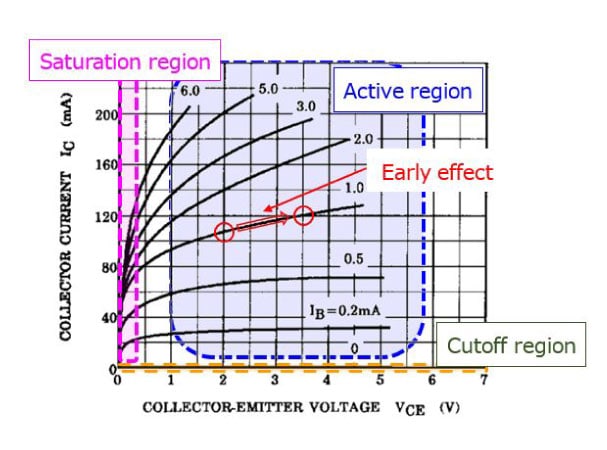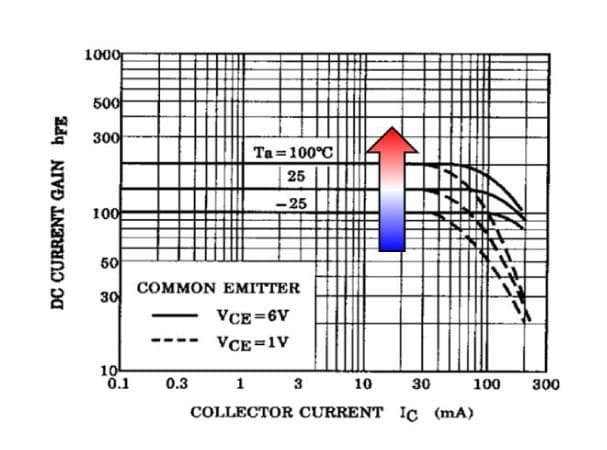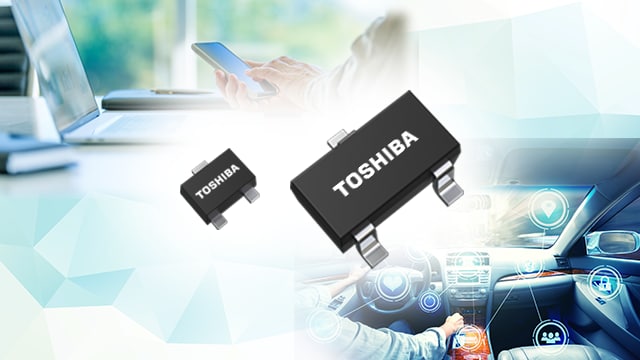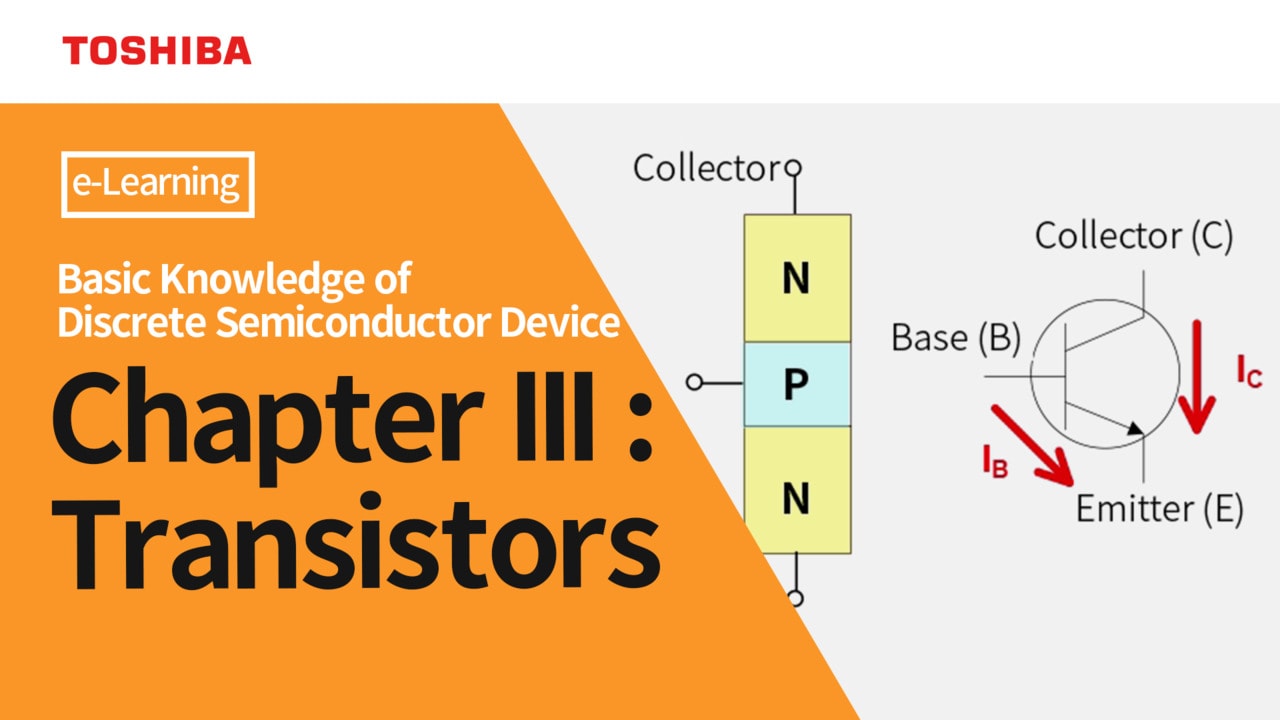- General Top
- SEMICONDUCTOR
- STORAGE
- COMPANY
-
My ToshibaSemicon
- Semiconductor Top
-
ApplicationsAutomotive
Body Electronics
xEV
In-Vehicle Infotainment
Advanced Driver-Assistance Systems (ADAS)
Chassis
IndustrialInfrastructure
BEMS/HEMS
Factory Automation
Commercial Equipment
Consumer/PersonalIoT Equipment
Healthcare
Wearable Device
Mobile
Computer Peripherals
-
ProductsAutomotive Devices
Discrete Semiconductor
Diodes
Transistors
Logic ICs
Analog Devices
Digital Devices
Wireless Devices
※
: Products list (parametric search)
Power SemiconductorsSiC Power Devices
※
: Products list (parametric search)
Isolators/Solid State RelaysPhotocouplers
Digital Isolators
Solid State Relays
Fiber Optic Transmitting Modules
※
: Products list (parametric search)
MOSFETsIGBTs/IEGTsBipolar Transistors※
: Products list (parametric search)
Diodes※
: Products list (parametric search)
MicrocontrollersMotor Driver ICsIntelligent Power ICs※
: Products list (parametric search)
Power Management ICsLinear ICs※
: Products list (parametric search)
General Purpose Logic ICsLinear Image SensorsOther Product ICsOther Product ICs
※
: Products list (parametric search)
-
Design & Development
Design & Development
Innovation Centre
At the Toshiba Innovation Centre we constantly strive to inspire you with our technologies and solutions. Discover how to place us at the heart of your innovations.
-
Knowledge
Knowledge
Highlighted Topics
Further Materials
Other
- Where To Buy
- Part Number & Keyword Search
- Cross Reference Search
- Parametric Search
- Stock Check & Purchase
This webpage doesn't work with Internet Explorer. Please use the latest version of Google Chrome, Microsoft Edge, Mozilla Firefox or Safari.
require 3 characters or more. Search for multiple part numbers fromhere.
The information presented in this cross reference is based on TOSHIBA's selection criteria and should be treated as a suggestion only. Please carefully review the latest versions of all relevant information on the TOSHIBA products, including without limitation data sheets and validate all operating parameters of the TOSHIBA products to ensure that the suggested TOSHIBA products are truly compatible with your design and application.Please note that this cross reference is based on TOSHIBA's estimate of compatibility with other manufacturers' products, based on other manufacturers' published data, at the time the data was collected.TOSHIBA is not responsible for any incorrect or incomplete information. Information is subject to change at any time without notice.
require 3 characters or more.
What is the relationship between the base current and collector current of a bipolar junction transistor (BJT) ?
Generally, the current that flows from the emitter to the collector or vice versa is the base current times the DC current gain (hFE).

For example, the 2SC2712 has hFE specifications as shown in Table. 1.
In order to make this specification possible, the BJT makes the impurity concentration of the emitter (E) >> the impurity concentration of the base (B) > the impurity concentration of the collector (C) and makes the width of the base thinner. As a result, under the voltage conditions of the active region (forward bias between B and E, reverse bias between B and C), the junction between B and E is turned on, and carriers of high density E flow into B. The amount of carriers flowing in is determined by the barrier height lowered by the voltage between B and E (base current). In addition, since the base thickness of the carriers that have flowed in is thin, they flow into C without recombination with the carriers in B. This achieves high hFE.
In practice, hFE is not constant even in the above active region, and hFE increases as the reverse bias between B and C increases. This is because the depletion layer between B and C widens as the reverse bias between B and C increases, narrowing the effective base. This is called the Early effect (base width modulation).
Also, hFE becomes low in the saturation region where B and C are forward biased. In this region, both B and E and B and C are forward-biased, so they behave like resistors instead of the transistor behavior described above. At this time, excess carriers stay in the collector. These excess carriers lower the resistance of the collector layer, which has a low impurity concentration, and lower the saturation voltage VCE(sat) between C and E. This is called the conductivity modulation effect. However, due to the presence of this excess carrier, time (accumulation time) is required during the transition from on to off.
As shown in Fig. 2, hFE is affected by ambient temperature.


Related Links
The following documents also contain related information:



